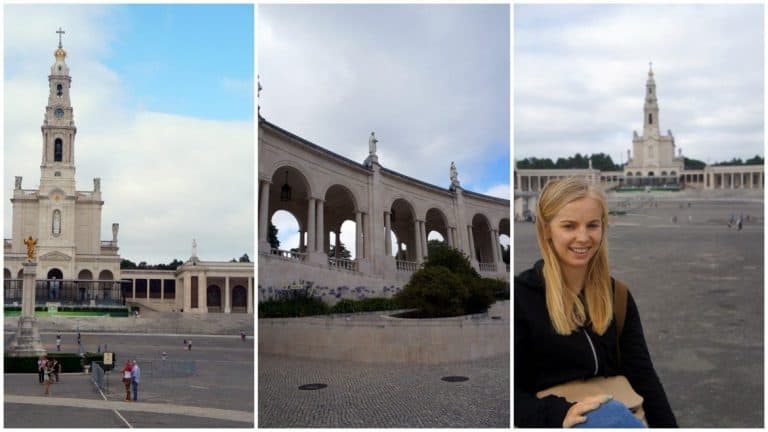You don’t necessarily have to be religious to travel to some of the world’s most sacred spots; perhaps you simply have a curiosity about foreign places and an interest in the history of a particular faith. Religious destinations are, in fact, a beacon for those with spiritual faith and an interest in culture.

Quick Navigation
ToggleWhere to Visit?
There are many places throughout the globe that have a religious significance, and they cover a variety of faiths. They are significant because of a religious leader who was born or died there, where a miracle was performed, or where part of the natural landscape and world has a sacred meaning. Many of these locations get in excess of 100,000,000 people visiting every year.
The Ganges
The Ganges, the river that flows from the Himalayas to the Bay of Bengal, covering 1,560 miles, attracts roughly 20 million visitors each year. For many of these visitors, the river represents life and purity and the embodiment of a goddess who from heaven poured herself onto the ashes of the sons of King Sarga in a cleansing ritual. This has led to the belief that anyone who enters the Ganges will be cleansed of their sins.

Mecca in Saudi Arabia
Mecca in Saudi Arabia is a holy city and the birthplace of the prophet Muhammad, Islam’s central spiritual personage. The city boasts a population of around 2 million, which swells to around 13 million during the Islamic month of Hajj when Muslims make their pilgrimage here. The pilgrimage has a history which spans for thousands of years; in fact, it goes back to the time of Abraham, and is a steadfast tradition in the Islamic faith. The world’s largest mosque, Masjid al-Haram, is in Mecca, inside the Kaaba, which is the city’s spiritual focal point. In Saudi Arabia there is another Islamic site of special significance, Medina. This is where Muhammad is buried, and it was the political and spiritual center for Muslims when the faith was in its early evolutionary stage. Only Muslims can enter the city’s religious compounds.

St. Peter’s Basilica
The seat of the Roman Catholic Church, St. Peter’s Basilica, is another site of huge religious significance. Located in Vatican City in Rome and consecrated in the year 1626, Italy, the basilica is the work of a number of architects and artists. Including one of the world’s most famous names, Michelangelo. While it is a destination of pilgrimage for many Catholics, it is also a huge draw for those interested in the history and architecture of the Christian medieval world.

The Temple Mount
The Temple Mount in the holy city of Jerusalem is a religious destination for people of many faiths. Mostly Jews and Christians, even though the temple is long since gone, being destroyed around AD 70. The site is preserved as a sacred place. Not least for the belief that it was where the Ark of the Covenant was kept during the First Temple era of Judaism.
Canterbury Cathedral
Perhaps the most religiously significant site in England is Canterbury Cathedral. This is a popular pilgrim destination for Christians visiting the shrine of archbishop Thomas Becket. He was murdered there in 1170, allegedly at the behest of King Henry II. Founded in AD 597 and then completely rebuilt between 1070-1077, it is also popular for its stunning architecture.

The Bodhi Tree
For Buddhists, the Bodhi Tree in Sri Lanka is a very special place. It was here that Siddhartha Gautama meditated for 49 days before he gained enlightenment. Some people call it the mythical world tree and it gets between 800,000 and 1,000,000 visitors, predominately from Asia, each year.

There are many spots around the world that have special spiritual significance and to which people of all faiths are welcome to visit. However, it is important that visitors respect the religions that they represent and abide by the dress code and etiquette when traveling to such destinations.
What’s the top most religious destination you have ever visited?


